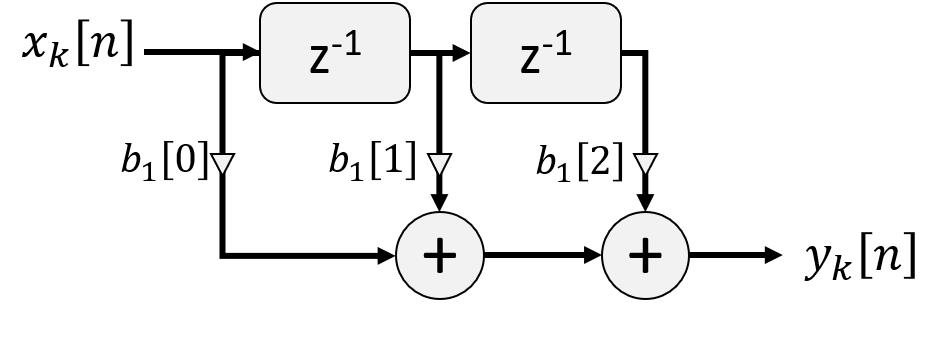
One Filter, Many Forms: Why DSP Engineers Rebuild the Same Filter Over and Over Again
If you’re knee-deep in a graduate-level digital signal processing (DSP) course, you’ve probably designed a filter or two. You’ve plotted poles and zeros, wrangled a transfer function, maybe even written some MATLAB to test a low-pass filter on a noisy signal.
Then someone tells you:
“Great filter. Now pick your structure.”
Wait—what?
Isn’t a filter defined by its difference equation or transfer function? Isn’t that enough?
Short answer: no.
The long answer is what this article is about. Because when you move from the page to the real world—whether it’s a microcontroller, a medical device, or a machine learning pipeline—how you implement a filter matters just as much as what the filter does.

